A previous post I discussed rubbish collection in Venice in the past. This post is about how it works today.
It is a question that I often get on the tours.
The problem from a practical point of view is of course that Venice is mostly a pedestrian city. You cannot just run a rubbish collection truck up and down the streets.
Most of the work has to be done by hand and on foot.
The residents of Venice have two options for getting rid of household rubbish. You can take it to a collection point yourself, or you can wait at home for the spazzini to pass.
The collection points

Each morning, except Sunday, at around 6:30 the netturbini places the rubbish collection carts in some predetermined places, where they’ll stay for a couple of hours.
The locations are usually where the rubbish boats have their designated moorings.
When leaving for the day’s errands, you take the bag with you, and dump it in the cart on the way.
Door to door collection
Later in the morning, usually starting around 8:30 for a few hours, the operatori ecologici go alleyway by alleyway, from door to door, to collect the rubbish.
It is no longer allowed to leave the bags outside. It was legal until a few years ago, but the bags were usually ripped to shreds by big seagulls, leaving a carpet of smelly stuff all over the alleyway.
Now we have to keep the bags inside until the collectors ring the doorbell.
Obviously, this can only work if there’s somebody in the building who’ll answer the doorbell. We’re lucky in that there’s an elderly lady in our building who’s almost always at home.
Differentiated rubbish collection
In many other Italian cities you have to have four, five or even six bins for different kinds of rubbish. That can never work here in Venice, so we only have three: organic (residuo), paper, and plastic/metal/glass.
They collect organic waste every day, except Sunday. Paper is on Monday, Wednesday and Friday, while plastic, metal and glass is on Tuesday, Thursday and Saturday.
If you put the wrong bag down in the entrance, they’ll just leave it there for the following day.
Where does it go?
The spazzini we see every day, and often know, take the carts down to the rubbish boats. They’re the rubbish trucks.
The boats take it all to an artificial island, the Sacca San Biagio, at the western end of the Giudecca island. From there it goes to the mainland for treatment and recycling.
If you’re moving around Venice by boat in the morning hours, you have to take care of the rubbish boats, because they’re big (by Venetian standards) with steel hulls. If an accident happens, the smaller boat has it works.
Barca più granda va sora. The bigger boat goes on top.
Problems

Just like in the past, the theory is nice, but the practice doesn’t always match.
Several places around Venice have become local waste dumps, where people just leave things they want to get rid of. TV sets, furniture, batteries from boats, chemicals, whatever. While everybody likes to blame the tourists, no tourist takes TV sets or car batteries to Venice to throw them away.
The municipal rubbish collecting company Veritas (formerly Vesta) has even made a map of these places.
Another rubbish problem is mostly down to tourism, though. Some people still leave the bags of waste on the doorstep, for the seagulls and rats to feast on at night and early morning.
The worst is when they leave bags on Saturday in the later morning, after the street sweepers have been through. That give the gulls and rats two whole day to make a smelly mess of the alleyway.
Yet, the city is almost always quite clean, and we owe our modern scoazeri a huge thanks for that.
Collection of rubbish is not easy in a city like Venice.
Photo gallery
Here are some photos I’ve taken where I live, of our rubbish collectors at work.
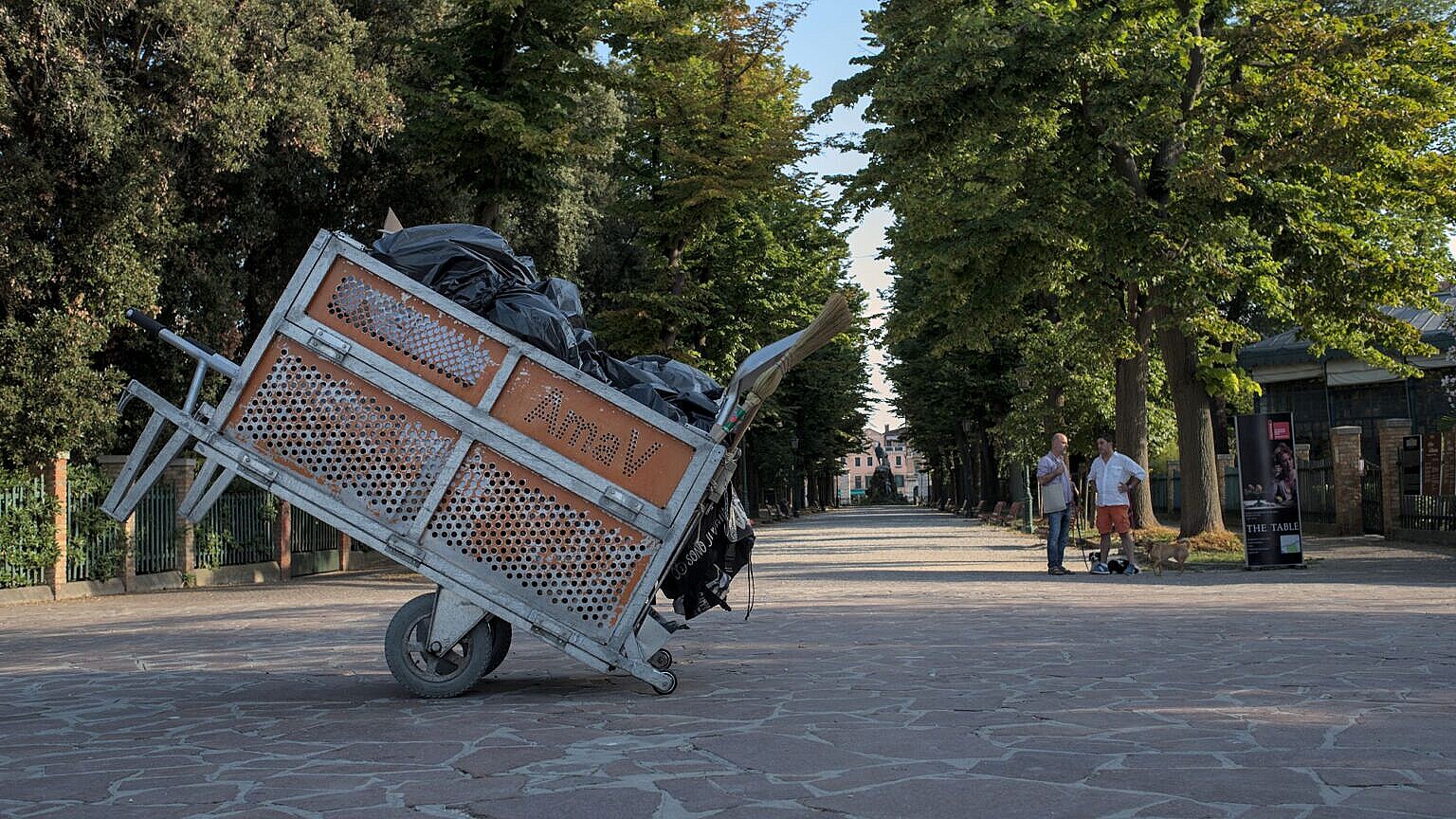

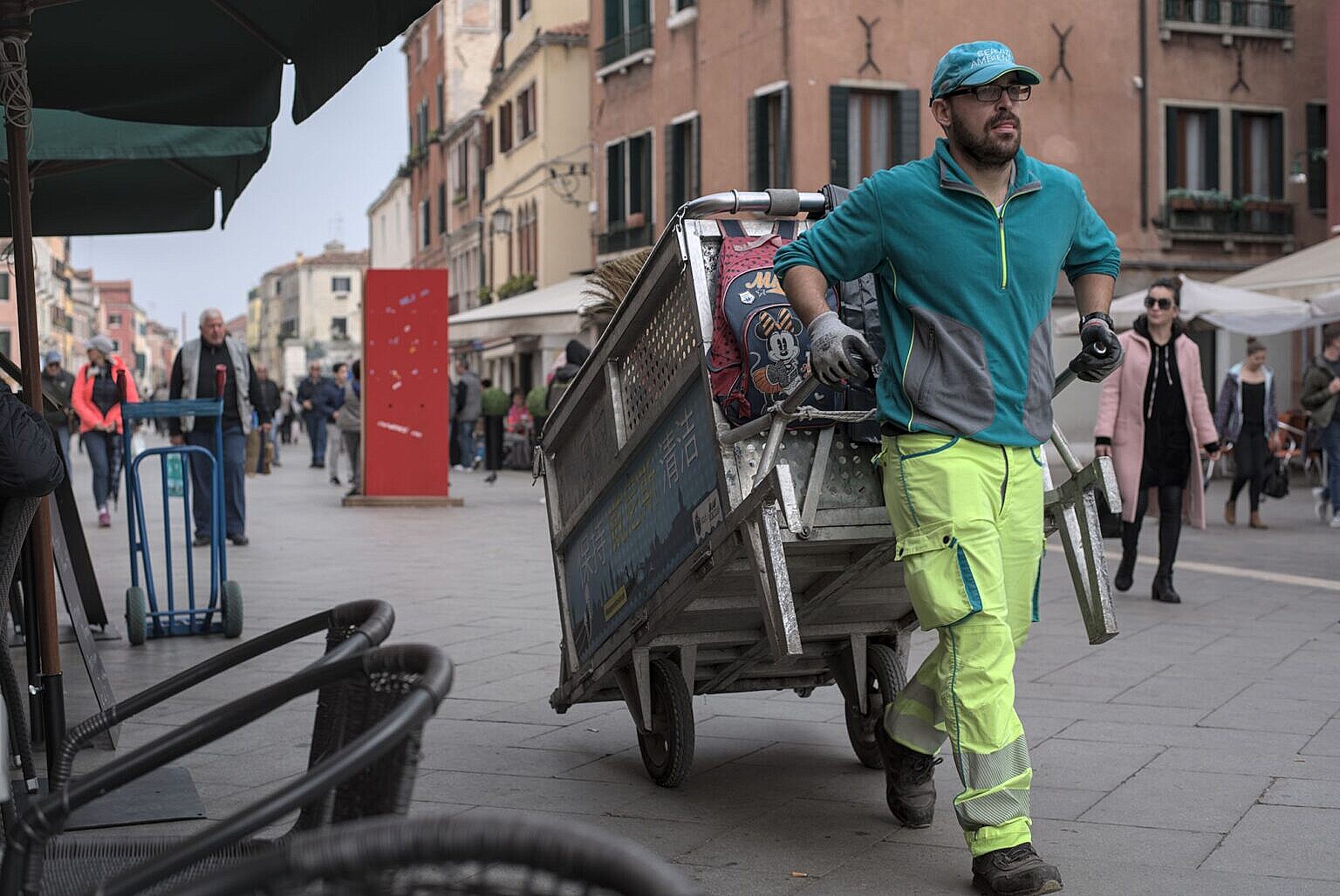
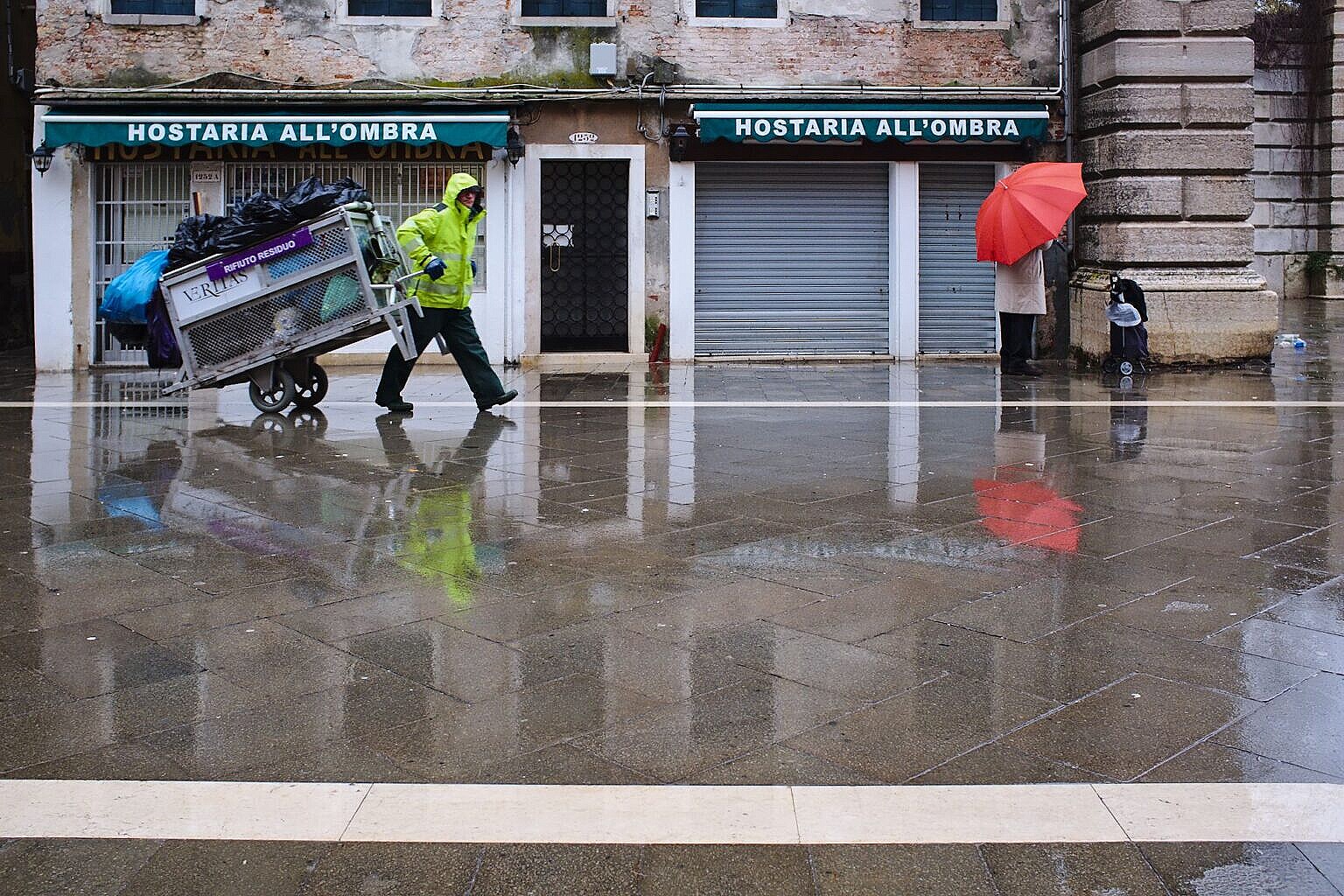
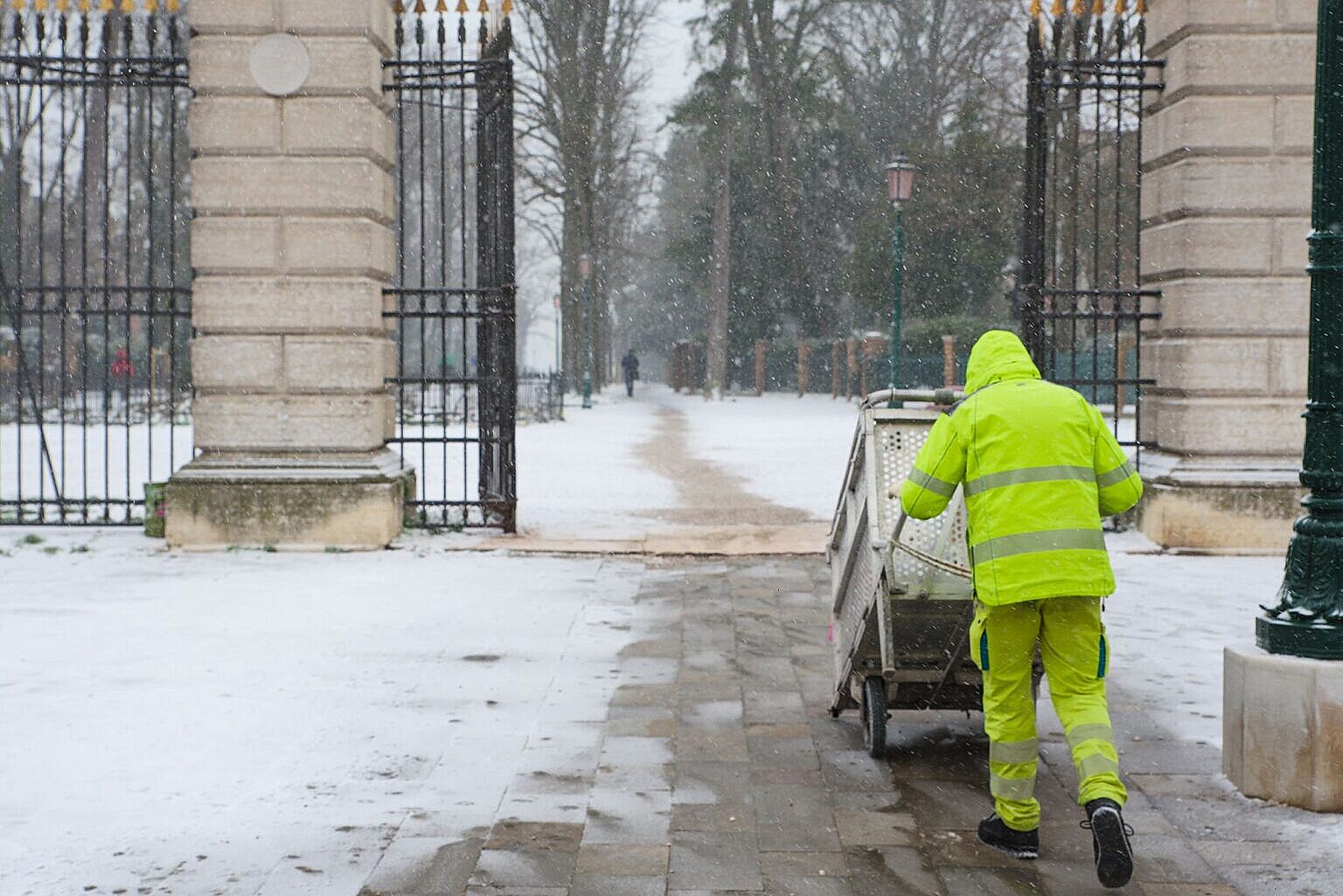

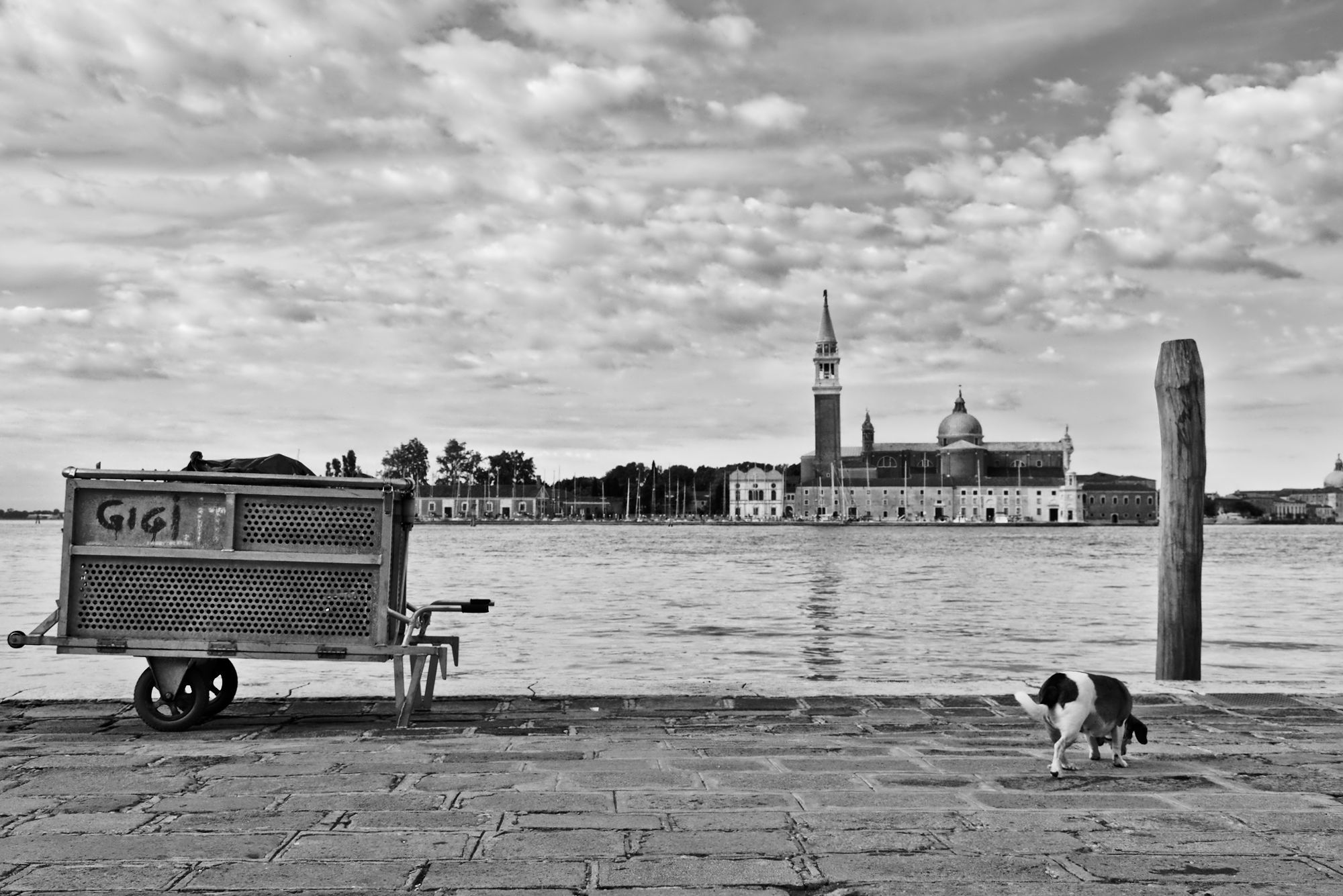
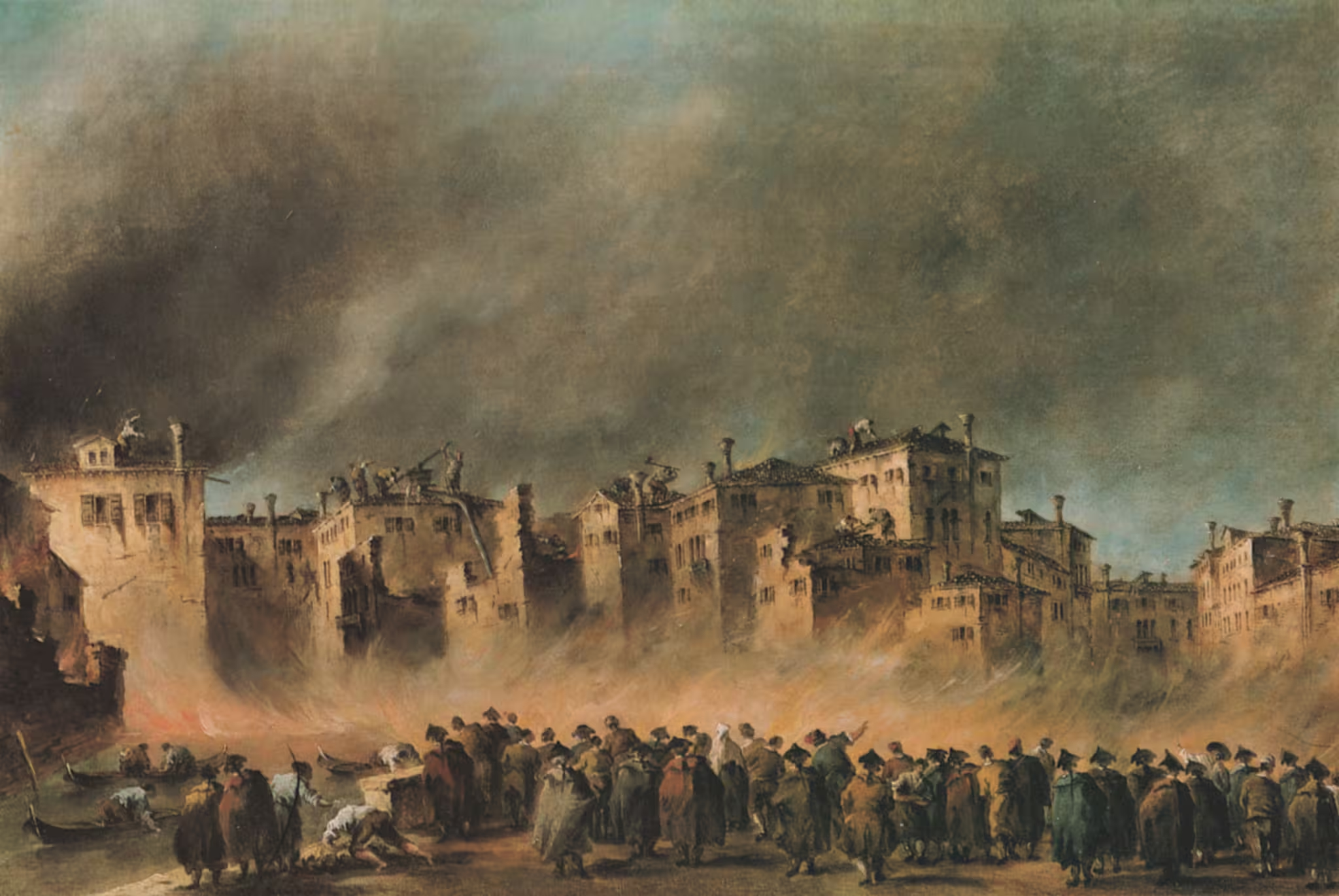


Leave a Reply